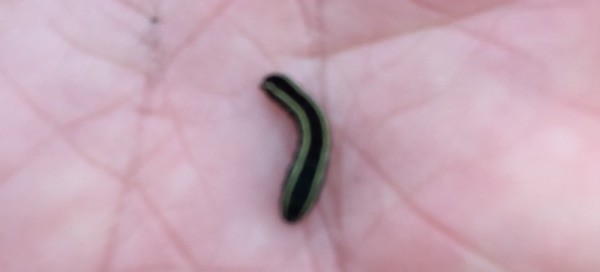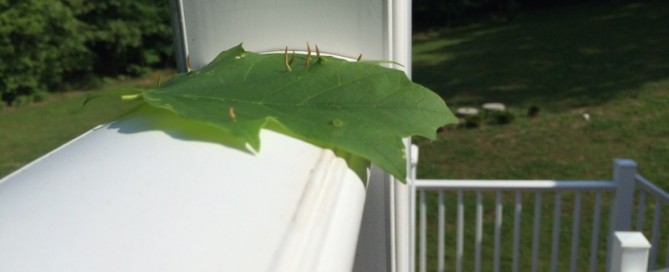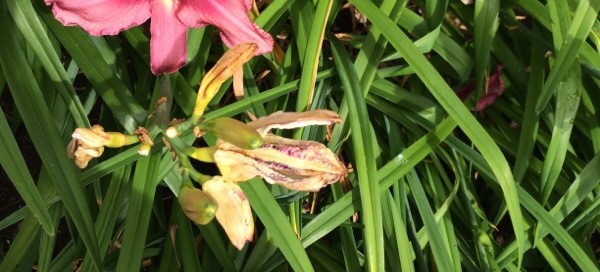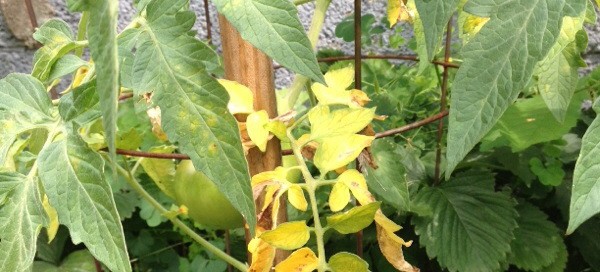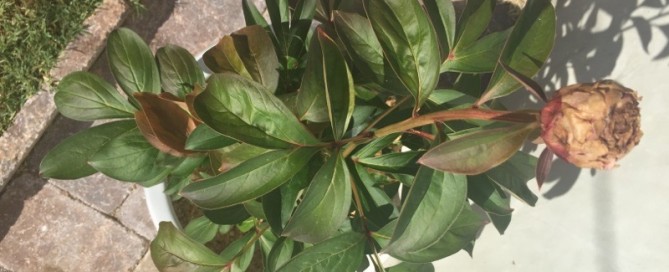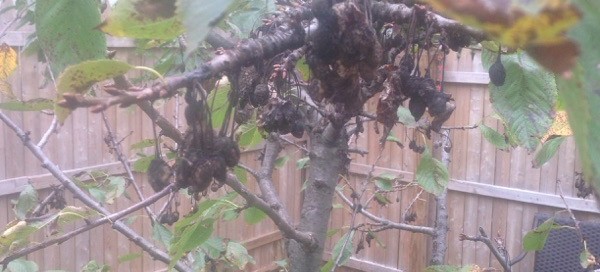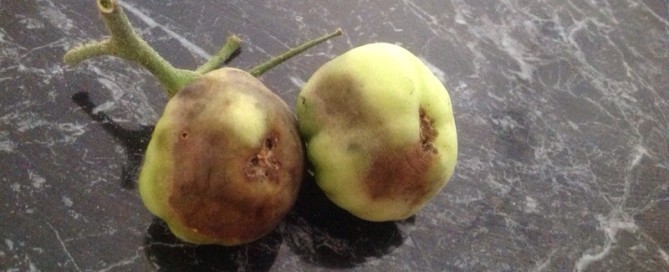Caterpillars
This is the larvae of a butterfly or moth, more likely a butterfly but we don't know the exact type. Good guy/bad guy status depends on the opinion of the person. All caterpillars are there to do one thing and one thing only and that is EAT to get to their next stage of life. Some of us would consider that a bad guy. Others of us would consider it a good guy based on that fact that they are pretty to look at and could be considered pollinators in some cases.
You can hand pick and destroy those that you find on your plants. You could also use something known as Bt or Bacillus thuringiensis. It is a bacteria that you spray on your plant when the caterpillars are present (they must ingest the bacteria for it to be effective) and they will eventually get eaten from the inside out. It is not a quick solution but it is a safe one. You should be able to find it in the garden dept of any big box store or at your local independent garden center. Be sure to follow the directions on the label.
